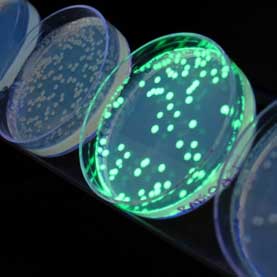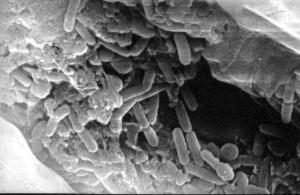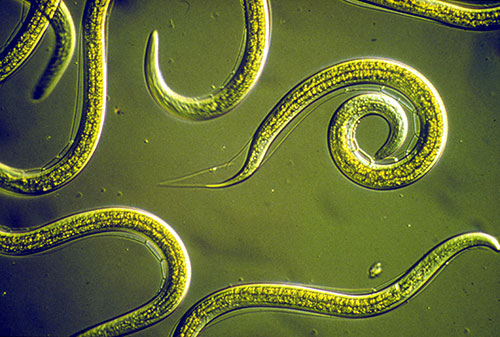The Angel's Glow of Shiloh
The Angel's Glow of Shiloh

The battle of Shiloh, one of the bloodiest conflicts of the Civil War, saw more than 3,000 American lives lost in a matter of hours. The aftermath left an estimated 16,000 + soldiers wounded many desperately clinging to life, still prone on the field of battle. Some were stranded for days as they waited for rescue. An amazingly strange phenomenon occurred as these poor souls huddled in the muck. Many of the soldier’s wounds began to emit a soft blue-green glow. This understandably alarmed many of the soldiers, but as medical attention arrived it was found that those who possessed the glow had a much higher rate of surviving. Their wounds were cleaner, heal more quickly, and scarred less severely than those who did not emit that faint light. Because of this the phenomenon became known as Angel’s Glow, a seemly miraculous intervention.


The truth of the matter is rather miraculous indeed. This remarkable discovery was made by no less than two teenage boys doing a science project. Bill Martin and John Curtis heard the story of Angel Glow. Wondering if it was truth or fiction Bill asked his mother, microbiologist Phyllis Martin, what could cause the glow. She pointed the boys on the path towards Photorhabdus luminescens. The battlefield of Shiloh houses a tiny species of parasitic worm known as nematodes. These worms in turn hosted a bio luminescent bacterium called Photorhabdus luminescens. The interaction between these two species is truly fascinating. The worm finds a host organism, other insects, and infests it with the bacteria. The bacteria in turn kill the insect, rendering its host a feast. However, not only does Photorhabdus luminescens kill the infected host, it also eliminates most other competing bacteria. Perhaps these worms, drawn flies and bug on the soldiers wounds, had unintentionally disinfected and cleared their wounds. Strangely, Photorhabdus luminescens cannot endure the warm temperatures of the human body, unless that body has been sitting in the cold muck of a battle field over night. The bacteria’s presence most likely sanitized the wounds of the injured, killing any infestation, and saved the soldiers life. The discovery went on to win Bill and John first place in 2001's Intel International Science and Engineering Science Fair.
souce: kidsdiscover.com


